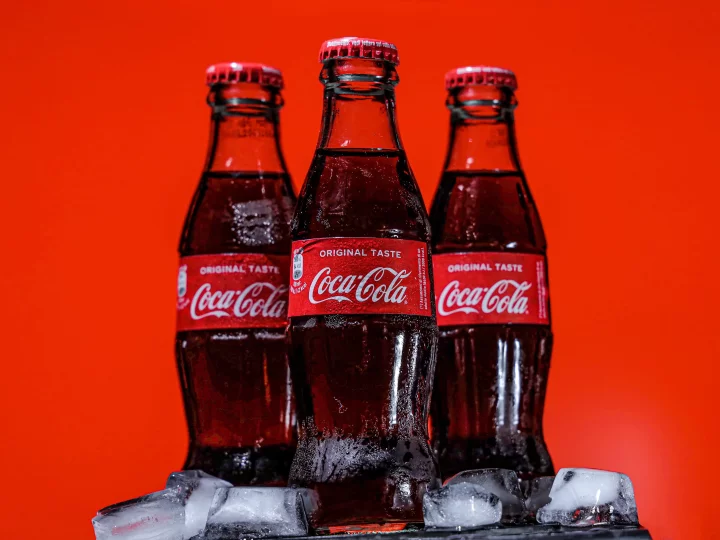
Coca-Cola is not simply a soft drink, but it is an emotion and feelings of people tied to it. As a revolutionary drink, Coca-Cola holds a particular place in the hearts of practically everyone.
Coca-Cola is the one universal drink served in almost every home, whether for a function or a visitor. This beverage can be found anywhere, from supermarkets to small businesses in rural areas.
It dominated the global market for decades until the late twentieth century, when tech behemoths and internet-based product firms emerged.
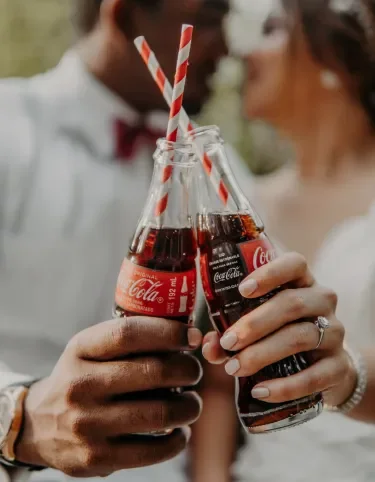
The History
Coca-success Cola's story began in 1886 when Atlanta chemist John S. Pemberton created the beverage. It's named after two of the original ingredients, coca leaves and kola nuts, which were used to manufacture it in the late 1800s (a source of caffeine).
The substance was produced as a patent medicine and marketed as a Medicinal Beverage by John Stith Pemberton of Columbus, Georgia. Coca-cola was initially sold for five cents per bottle on May 8, 1886, at Jacob's Pharmacy in Atlanta, Georgia.
Pemberton Chemical Company employed S. Pemberton. In addition to being a pharmacist, Pemberton served as a Confederate colonel during the American Civil War.
He was injured in the civil war in April 1865 and was prescribed Morphine to relieve the agony. Unfortunately, Pemberton became addicted to Morphine after consuming too much of it.
As a result, he determined to design an alternative to Morphine to satisfy his addictive desire. He experimented with several pain medications in a laboratory setting to accomplish this.
He came up with alcoholic wine after spending hours in the experiment. Pemberton's French wine coca was the name he gave to this drink. Cocaine and caffeine are derived from coca leaves and kola nuts in this drink.
He registered this French wine in 1885. This wine has a small amount of alcohol in it. In 1886, there were numerous anti-alcohol protests. Pemberton became concerned as a result of the product's restriction. Then he came up with Coca-Cola, a non-alcoholic beverage.
Pemberton unintentionally mixed a base syrup with a cocaine and caffeine concoction while pouring a glass of drink. Coca Cola Net Worth was born as a result of this.
It was not a difficult task to develop such an intriguing and appealing name for the drink. Frank mission Robinson, a bookkeeper for Pemberton, is credited with the Coca-Cola Net Worth. He cleverly combined these two terms with coca leaves and kola nuts as the primary ingredients and christened the drink Coca-Cola.
A New Owner Came Up
In 1887, Asa Griggs Candler, an Atlanta pharmacist, reported paying $23,000 for shares in Pemberton's Company. During this time, Charley Pemberton, Asa Candler, Woolfolk Walker, and Margaret Dozier are all shareholders in Pemberton's Company.
The following year, Pemberton died. Asa Candler then purchased the shares of the Company's other shareholders. By 1891, Asa Candler had acquired complete control of the corporation. After buying the Company, he formed his own Company, The Coca-Cola Company, the following year.
In the late 1990s and early 2000s
In the late 1990s, Coca-Cola began exploring a shift from primarily a sparkling soda company to becoming a "total beverage company." Several early product releases swiftly tapped into the expanding demand for non-carbonated beverages, particularly in the United States.
Investment and advertisement
To achieve Coca-Success Cola's Story, Asa Candler worked extremely hard on its branding. In addition, he sunk a lot of money into marketing.
All of this contributed to an increase in product sales. As a result, Coca-Cola became the most popular drink in America in 1890. Previously, the drink was only offered in glasses. However, it did change over time.
Coca-Cola was initially sold in a full bottle on March 12, 1894. it resulted in a one-of-a-kind distribution method that is now widely embraced by the American soft drink industry. Coca-cola's Net Worth of $40 was the price of a single share when the corporation first went public.
During 1900, sales soared under Candler's direction. Apart from Asa Candler, several investors bought the Company, but the Coca-Cola brand retained its allure in this ever-expanding market.
Coca-Long-Term Cola's viability
The Coca-Cola Company is no stranger to ecological sustainability. Water, women, community well-being, sustainable packaging, climate protection, human and workplace rights, and sustainable agriculture are among the subjects covered by the Company's sustainability activities.
The Coca-Cola Company first partnered with the American Red Cross. The Coca-Cola system launched annual Red Cross drive campaigns for more than a decade during World War I. This collaboration is still going strong today, and it's been crucial to the Company's disaster relief efforts throughout the years.
Tab, the Coca-Cola Company's first diet drink, was introduced in 1963. Tab was created for consumers who wanted to "keep a tab on their calories" and was established before the low-calorie soft drink category began to grow. Several female chemists were instrumental in the invention of Tab.
The Coca-Cola Company began "The Nutrition Project" in 1966, tasking a multinational team of scientists and food technologists to solve the "protein gap" that impoverished countries face and provide more light, protein-rich beverages to consumers.
The Coca-Cola Company established a groundbreaking alliance with the World Wide Fund for Nature (WWF) in 2007 to solve freshwater conservation concerns. This collaboration centered on five main goals:
Conserving seven of the world's most important freshwater basins
Improving water efficiency within the Company's operations
Lowering carbon emissions
Promoting sustainable agriculture
Inspiring a worldwide water conservation movement
PlantBottle Packaging, the first-ever recyclable PET plastic beverage container created 30% from plants, was introduced by The Coca-Cola Company in 2009.
The year 2010, The 5by20 Initiative was started by the Coca-Cola Company. This campaign aims to help 5 million women entrepreneurs around the world become economically empowered by 2020. Women are given access to business skills training courses, financial services, and contacts with peers or mentors through the initiative.
The Coca-Cola Company's sustainability activities and goals are evolving with time, and their impact can be seen worldwide. The Coca-Cola Company has introduced new programs and fulfilled several targets in the last five years, including meeting its 100% water replenishment goal five years ahead of schedule.
The Company does not stop once a goal has been met; it develops new initiatives and seeks to more significant effect. The Coca-Cola Company's history of sustainability reflects how far the Company has come and how far it can go in the future.
Coca Colas First Bottle
The classic contour fluted lines of the Coca-Cola bottle are one of the most famous shapes in the world. The bottle has been praised in art, music, and advertising and hailed as the "ideal liquid wrapper" by prominent industrial designer Raymond Loewy.
How did the bottle come to be so well-known?
It originated as a cooperative endeavor between The Coca-Cola Company and its bottlers to safeguard the Coca-Cola brand.
In the past, bottles were straight-sided, usually brown or clear in color. According to the Coca-Cola Company, every bottle had to have the famous Coca-Cola emblem embossed on it. Competitor brands such as Koka-Nola, Ma Coca-Cola, Toka-Cola, and even Koke, on the other hand, imitated or just slightly modified the Spencerian script logo.
Consumers were perplexed by the competition bottles. While The Coca-Cola Company launched legal action against these infringements, the cases took years to resolve, and the bottlers kept seeking further protection.
By 1912, The Coca-Cola Bottling Company had written a letter to all of its members informing them that they had no mechanism to protect their business while they had a distinctive trademark. They suggested that all members work together to create a "distinctive package" for their goods.
The Trustees of the Coca-Cola Bottling Association voted on April 26, 1915, to spend up to $500 to build a unique bottle for Coca-Cola. As a result, eight to ten glass businesses across the United States were given the task of creating a "bottle so distinct that you would know it if you felt it in the dark or found it broken on the ground." The competition began with that simple creative brief
Over the years, the Coke bottle has been dubbed various names. The "hobble skirt" bottle is one of the more interesting nicknames. The hobble skirt was a 1910s design fad in which the dress had an extremely tapered shape and was so narrow below the knees that the wearer "hobbled."
After the actress's famous voluptuous form, the bottle was dubbed the "Mae West" bottle. The Coca-Cola bottle was initially referred to as a "contour" in a 1925 French magazine, Le Monde, which defined the bottle as having a characteristic contour shape. The shape is known as "the Coke bottle" by the general public.
One noteworthy aspect of the shape is that it has developed over time despite being almost generally recognized. Today's aluminum bottle is a 22nd-century modification of the classic form, just as the original patent from 1915 was a slightly larger shape than the bottle that went into production.
The New Entries, New Flavors
Apart from Coca-Cola, the business introduced a variety of other beverages, including Sprite in 1961 and diet cola in 1963. The corporation witnessed a significant drop in product sales due to constantly launching new flavors.
As a result, they decided to bring back the original flavored Coca-Cola, which became known as Coca-Cola Classic. Coca-Cola established new markets in 1990.
Coca-Cola began selling its product in India in 1993. It had a lot of support. They didn't come to an end here. In the United States, the firm makes Barq's root beer, and in India, Maaza, Thumbs Up, and Limca. All of these beverages are available around the world.
There were moments when the Company suffered a huge setback, and some false accusations were made, but despite the odds, the corporation rose to become the world's number one soft drink producer.
What Makes Coca-Cola so Popular?
Are you aware of how closely Coca-secret Cola's recipe is guarded? There has only been one printed copy of the formula for more than 125 years. And it is said to be kept in a vault at the World of Coca-Cola in Georgia.
Aside from the printed document, only two brand employees can know the secret recipe at any given moment. Nobody knows who these workers are, and they are not permitted to travel together if something goes wrong.
They left India in 1977, for example, to escape having to reveal their ingredient list to the authorities. What is the significance of this? All of this has generated a flurry of comments on the internet, in person, and even in the news. Coca-Cola has gotten a lot of attention as a result of it.
Everyone knows how closely Coca-recipe Cola's is guarded, demonstrating how good their marketing is.
On that end, these stories about Coca-secret Cola's recipe have reinforced the belief that no one else can duplicate it since no one else knows the formula.
But this isn't the case. Many people know their drink's recipe, and many chemists can recreate it. So why don't other brands try to imitate the flavor and sell it? After all, why would anyone want to buy a drink that tastes precisely like Coca-Cola when they can buy Coca-Cola?
People don't buy Coca-Cola merely because it tastes good. Instead, Coca-Cola is associated with a lot of nostalgia due to its strong branding and marketing.
They also showcase renowned people regularly, demonstrating that they understand how to use television in marketing effectively. They've come up with new viral videos, such as the "Happiness Machine," that have made a lot of people grin and giggle.
Their Super Bowl commercials are also often amusing. Coca-Cola knows how to entertain and attract attention, and if you can elicit strong emotions in people, they are more likely to remember, buy, and remain with your product.
Coca Cola's Net Value
Coca-net Cola's worth is estimated to be $243 billion in 2021. Cristiano Ronaldo, the famous striker of Portugal, is known for his outspoken and combative approach, and the Coca-Cola Company suffered a $4 billion loss due to his decision.
The incident occurred just days before Portugal's Euro 2020 opener versus Hungary. As a result, two bottles of Coca-Cola and the corporation that created it were removed off the star striker's front.
Coca-Marketing Cola's Strategies
It all started with a one-of-a-kind, tried-and-true formula. Its logo is made up of a classic font. It was only available in a special bottle. For the past 70 years, it has maintained a constant consumer price. It produced a voice and guided word-of-mouth advertising.
The Final Word
It is the incredible story of how a legendary brand and the corporation that carries its name came to be. Since its beginning in 1886 at a soda fountain in downtown Atlanta, Georgia, Coca-Cola has been a catalyst for social interaction and creativity.
These one-of-a-kind historical events, presented in chronological order, have contributed to creating a global brand that delivers billions of moments of pleasure every day.



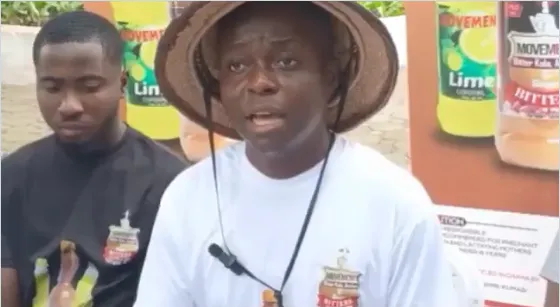

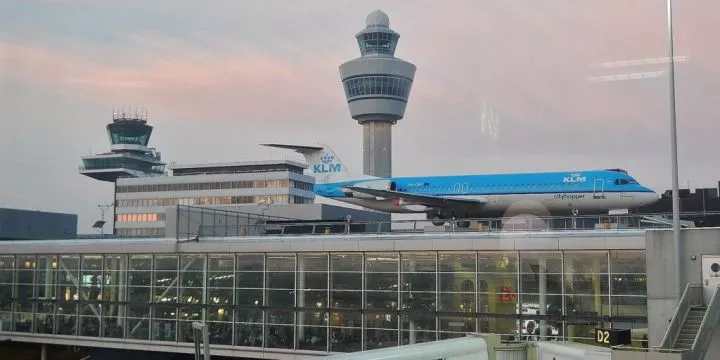
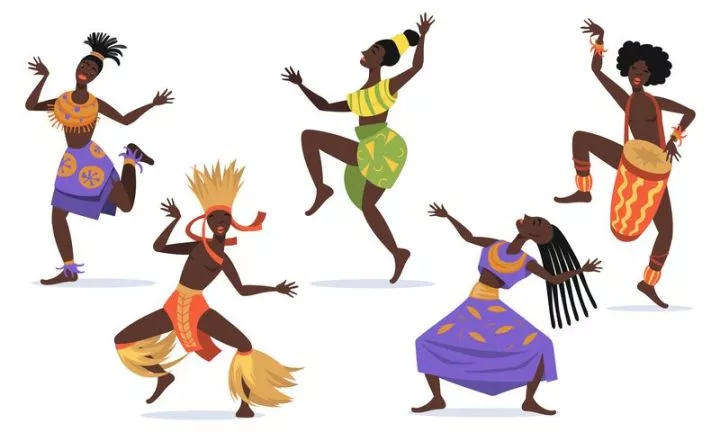

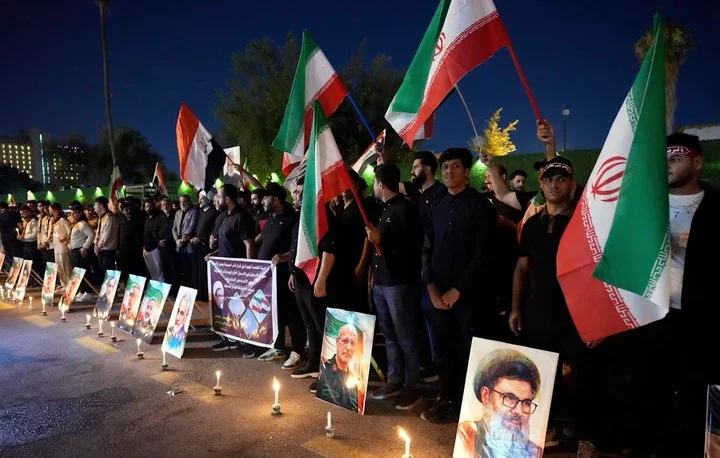

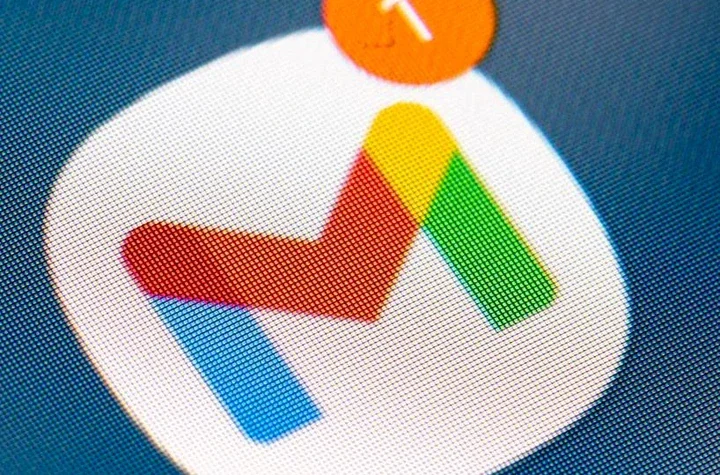
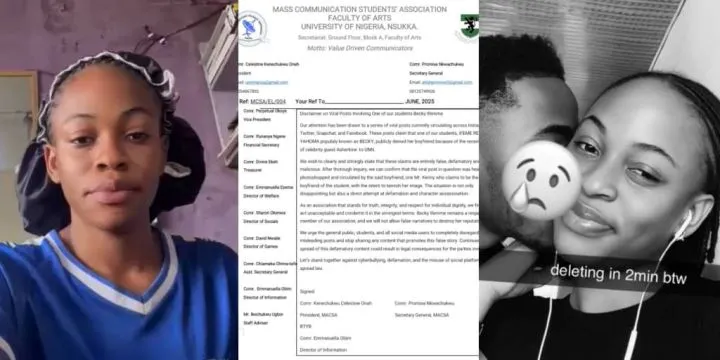


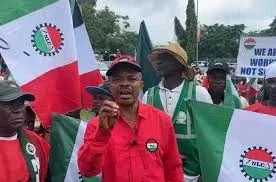


Comments